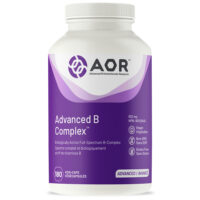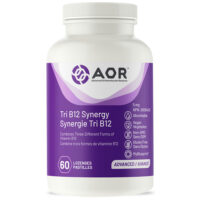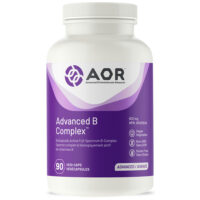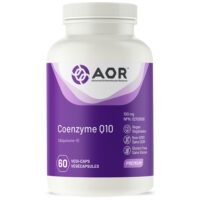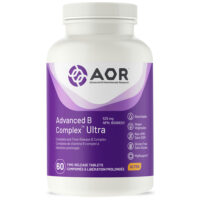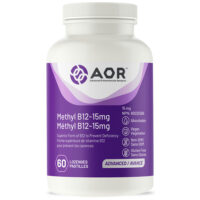To fully understand the differences between raw, pasteurized, and homogenized milk, let’s take a look at each and discover what it all means.
Raw Milk
Approximately 1% of the population ingests raw milk. Its health benefits have been studied and the data concludes that it is well known for helping to cure various ailments including rickets in children, diabetes, skin conditions, allergies, arthritis, TB, and heart disease, among others. There is, however, an ongoing debate as to its efficacy. While health institutes strongly object to its use because it can adversely affect pregnant women and cause a myriad of illnesses, proponents suggest otherwise.
Raw milk contains vitamins, minerals, protein and amino acids, and enzymes which are important to maintain good health. As long as the milk is “clean”, that is, the farmer who distributes it utilizes high standards, the cows are fed fresh green grass, and the milk is cooled and bottled; it is considered safe and effective.
Pasteurized Milk
Opponents of raw milk are definitive in their assertion that pasteurized milk is healthier. During the pasteurization process, all the bacteria that is contained in raw milk is destroyed. But pasteurization destroys vitamins, nutrients, and proteins as well. So the controversy surrounding raw milk versus pasteurized milk is still ongoing.
Studies on pasteurized milk have shown that it may cause illnesses such as listeria, salmonella, and E. coli.
Conversely, while raw milk contains high amounts of calcium needed for strong bones and increased growth, the pasteurization of milk all but kills the calcium and other important ingredients required to maintain good health. In addition, pasteurized milk has been known to cause allergic reactions and illnesses such as diabetes, asthma, ear infections, weight gain, osteoporosis, and other related diseases.
Homogenized Milk
The process of homogenizing of milk involves mixing the cream content into the milk itself. Where does the cream come from? Well, when you milk a cow the cream flows to the top. During the homogenization process, the fat from the cream is broken down so it is absorbed into the milk.
Many experts consider this process detrimental since studies indicate that when the fat is broken down, the enzyme known as xantine oxidase is released. This is a process of oxidation that occurs when the fat is exposed to air and increases the chances the milk will spoil. When this milk is ingested, it can penetrate the intestinal wall and cause damage to the arteries and heart, even resulting in heart disease and atherosclerosis.
While there are a large number of consumers who swear by the health benefits of raw milk, there are just as many who oppose this as a health alternative. One thing is clear; the case against drinking homogenized milk falls somewhere in the middle.


